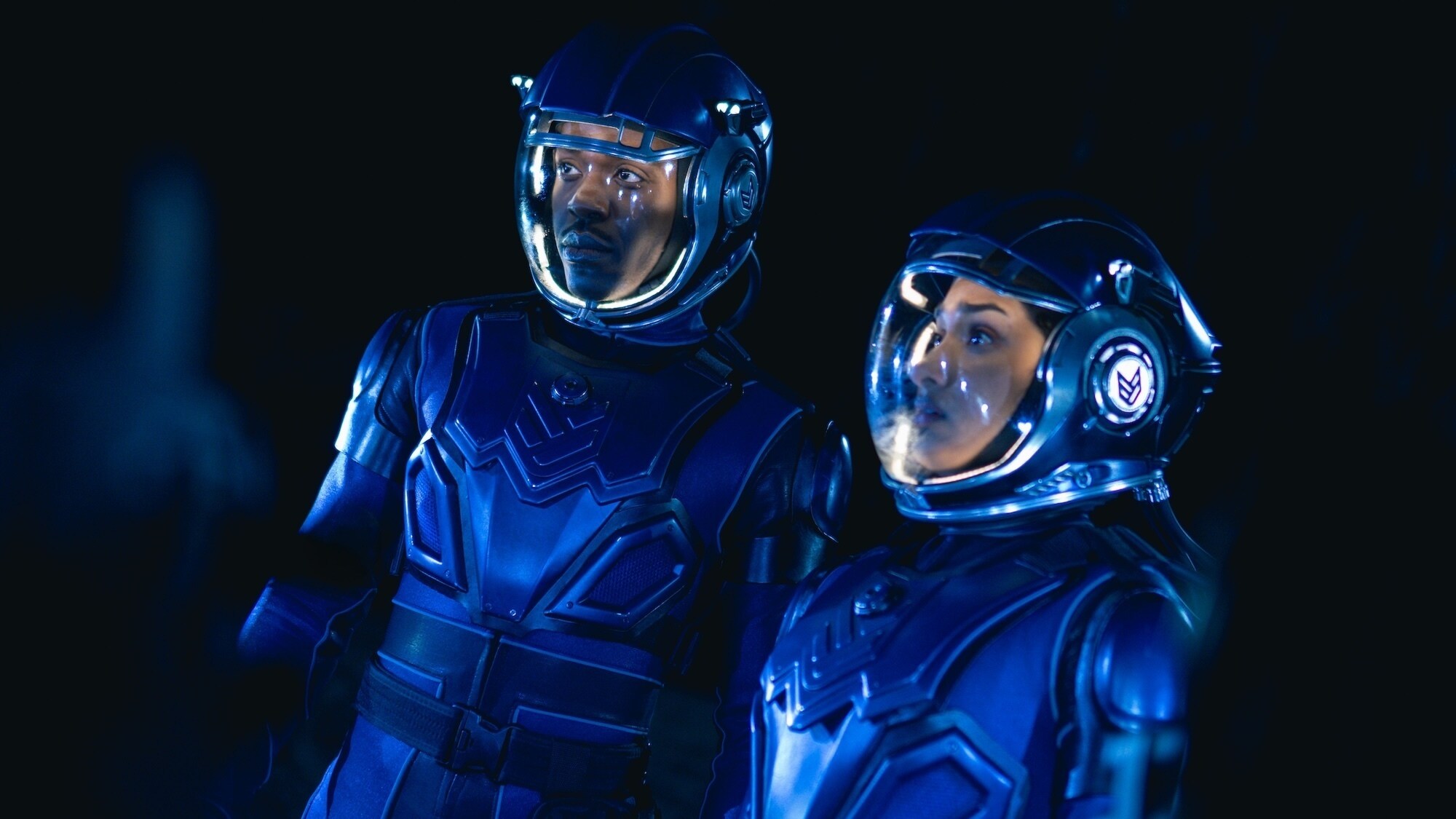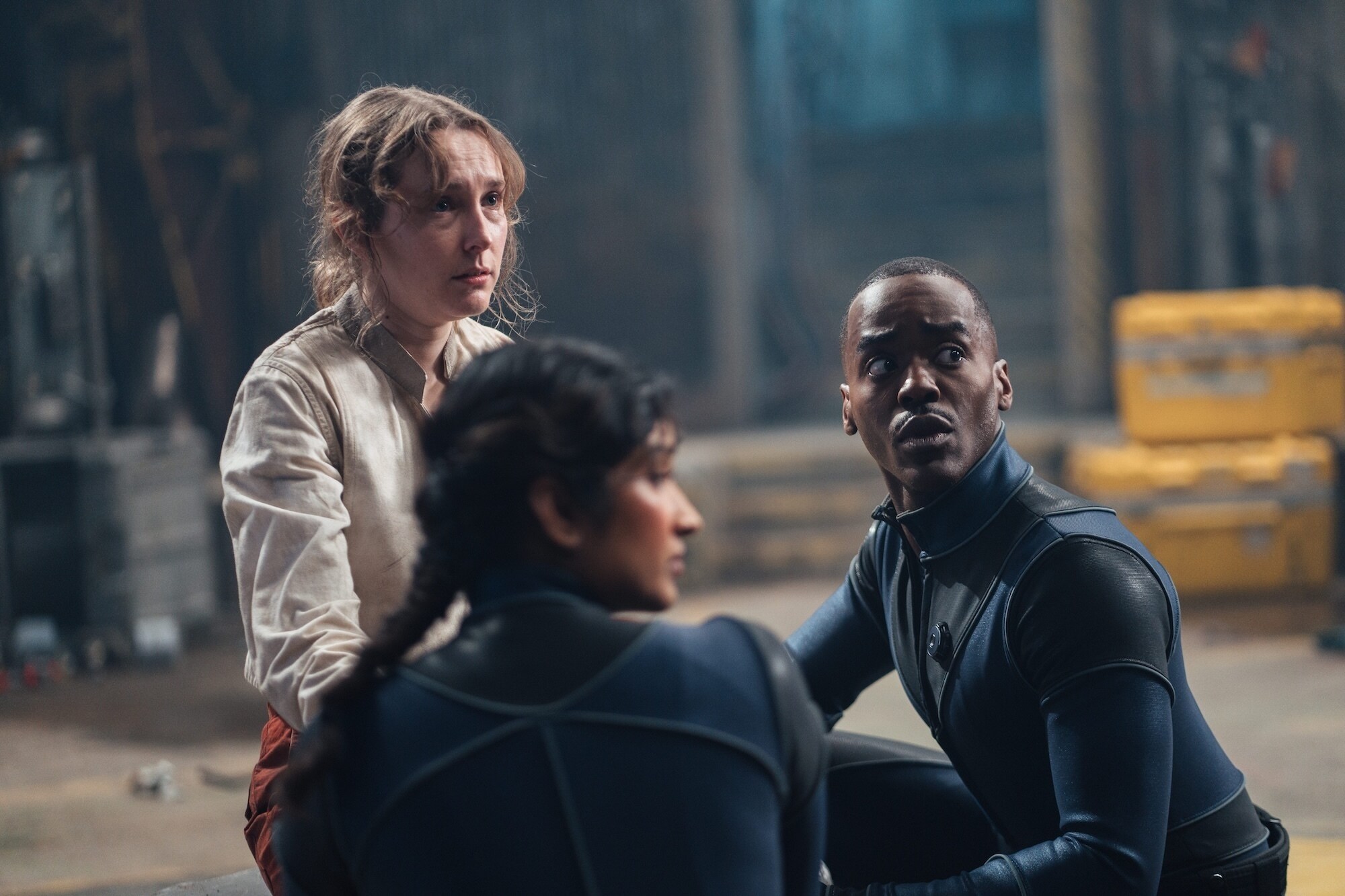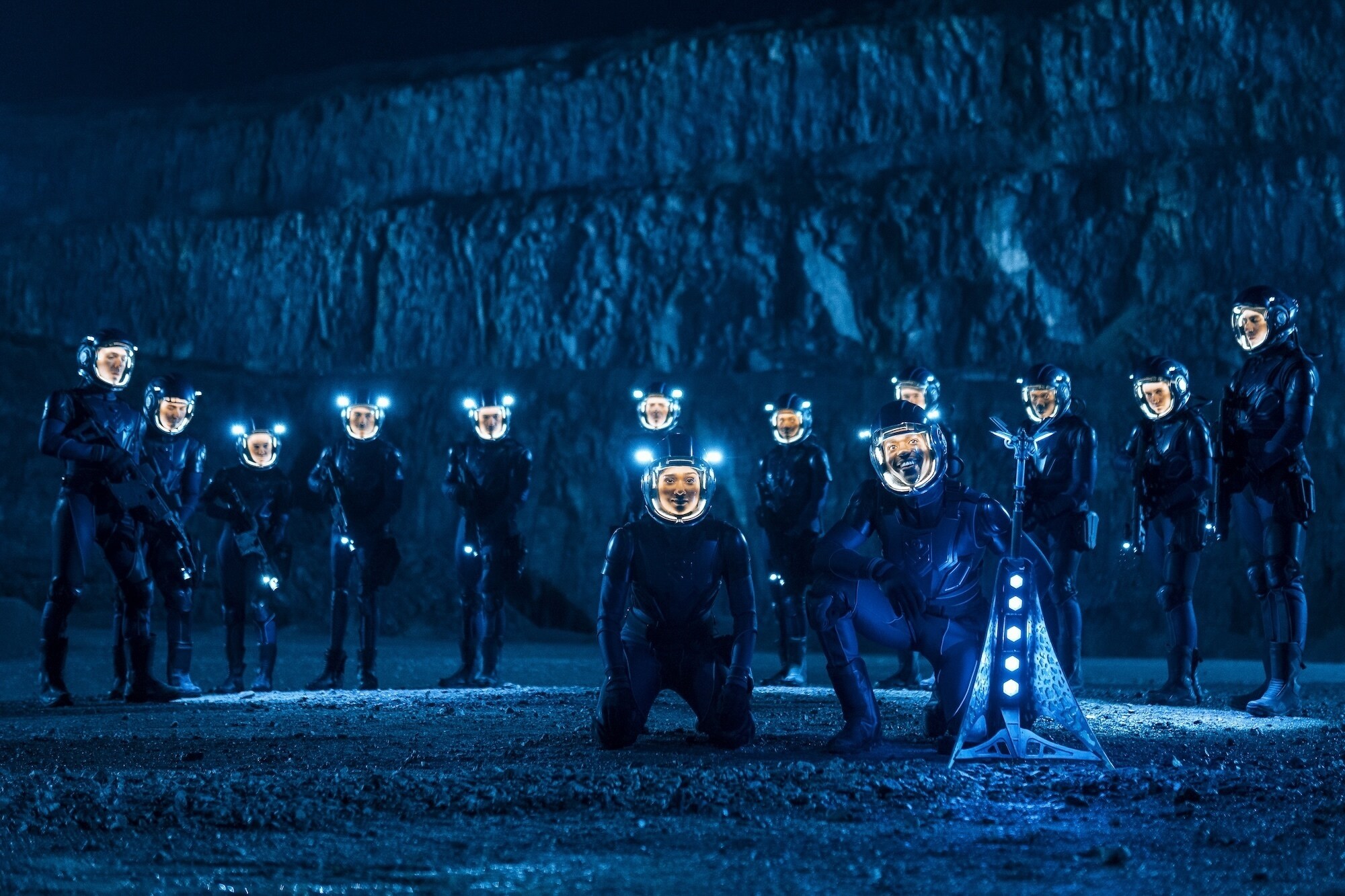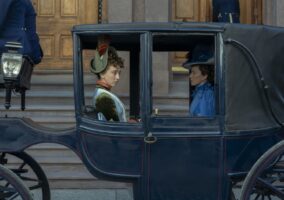
Well, well well (pun intended)… looks like Doctor Who is on something of a roll. That’s three pretty-damn-good episodes in a row; a record the modern era of the franchise rarely ever hits. This one worked (for the most part) because the story was a relatively simple one: The Doctor encounters a deadly entity that it can’t fight conventionally while it picks off the people around him, one by one. Seen it a million times (hyperbolic), although that’s not a mark against it. Doctor Who has certain types of stories it needs to tell/scenes it needs to portray with each iteration of the character in order for that iteration to feel like, well, the character. There needs to be some sort of hoop-skirted period adventure, some sort of outer space futuristic adventure, maybe a little bit of classic folk horror, and of course, the classic “base under siege” episode. It’s like Superman catching Lois Lane from falling off a building. Sure, it’s a cliche, but you’ve gotta show it every now and then so people know they’re looking at the real thing.
It shows some smart thinking on Russell T. Davies’ part to deliver just about as classic a Doctor Who “Base under siege” story as you’re likely to find right after an episode where he reminded us that magic still exists in this universe. Davies was always good at producing these types of episodes and we wonder if he and co-writer Sharma Angel-Walfall weren’t seeding this one with a bunch of red herring references to other classic episodes, such as “The Satan Pit,” about a base on an asteroid with a pit where Satan is held captive (no, really) and “Turn Left,” in which Donna Noble has a creature on her back that can only briefly be perceived. Throw in a few allusions to the Insidious and Alien movies and you may consider us well and truly shocked when the twist was revealed.
But first, while we remain disappointed that Belinda’s mistrust of the Doctor has been dispensed with rather quickly and she’s been placed on a more or less conventional Companion arc (“Please save my Mum and Dad, Doctor!”), we can’t deny that Verada Sethu is doing fantastic work imbuing Belinda with life and personality. We love how quickly she shifts from shocked sidekick to smoothly competent healthcare professional when she sees someone in need. “I know you’ve had a terrible time and we’re going to do everything we can to help,” she says to Aliss. In some ways, a nurse makes a perfect companion, because she will always find her own work to do and she’ll stay out of the way of the Doctor. She’s literally trained to do so.

Similarly, this episode worked in large part because Aliss, played by Rose Ayling-Ellis, made for such a clearly distressed victim who also gave off slightly disturbing vibes – and it’s to the script and the actress’s credit that her deafness was not made into some exotic reason to mistrust her. In fact, it was worked rather seamlessly into the script, although we thought it took the Doctor way too long to figure out that her deafness was keeping her from being overwhelmed by the creature. It also allowed Davies to make the kind of social commentary (“It doesn’t matter the year, signing still makes some people paranoid.” “A nurse who can’t sign? That’s against the law.”) he likes to sprinkle in every episode now.
“Midnight” ranks as one of the all-timers of Davies’ first run on the show and this episode does a fantastic job of delivering the same level of terror entirely through actor performances, but it doesn’t hold up to the slightest scrutiny. In a way, we feel a little silly pointing that out, because that’s true of a great deal of Doctor Who, although we think Davies tends to make a point of being nonsensical about it because he likes tweaking the noses of his viewers. The creature on Planet 6-7-6-7 seemed to have very little in common with whatever the Doctor faced in “Midnight.” That creature was incorporeal and possessed people’s bodies. This creature appears to have a body and latches onto people’s bodies, driving them insane. It’s a difference that’s never explained and we originally chalked it up to some sort of evolutionary process (although how that would even work is completely up for grabs), but the Doctor addresses it as if it’s the same creature and says that it knows his name. Incidentally, we mentioned a while back that the show relies way too much on Ncuti Gatwa’s ability to let one tear dramatically slide down his cheek on cue, and it’s only gotten worse since. His tearful performance of this scene actually annoyed us so much that it took us right out of it. (“Wait. Why are you crying right now?!?”) We like that this version of The Doctor is so in touch with his own feelings, but sometimes the show tips too far into making him maudlin and a bit silly.

Also, while we’re lodging complaints, “If it was a clock face, you die at midnight” is so nonsensical that it made us groan out loud. So if one person stands at 6 and another stands at 12, the person at 12 dies because… why? Who made these rules? Why do they map to an analogue clock face and a 24-hour solar period? And why was Aliss able to turn her back on several people, several times throughout the episode with nothing happening? Alas, explanations will not be forthcoming and the open nature of the ending will probably never be addressed again, although we’d love to be wrong about that.
And finally, Mrs. Flood made another appearance. This would be a lot of fun to track except it’s exactly the same thing Davies did last season with the Susan Twist character and that reveal was such an epic bust that every time we’re reminded of it, we lose faith that this mystery is going to pay off well. Still, as this season unfolds, we’re feeling like Davies has a smoother handle on what he’s trying to do this time around. We’ll see it all pays off, but for now, we’re enjoying ourselves.
[Photo Credit: James Pardon/BBC Studios/Disney/Bad Wolf]
Miley Cyrus Spotted Out in New York City Next Post:
T LOunge for April 28th 2025
Please review our Community Guidelines before posting a comment. Thank you!



